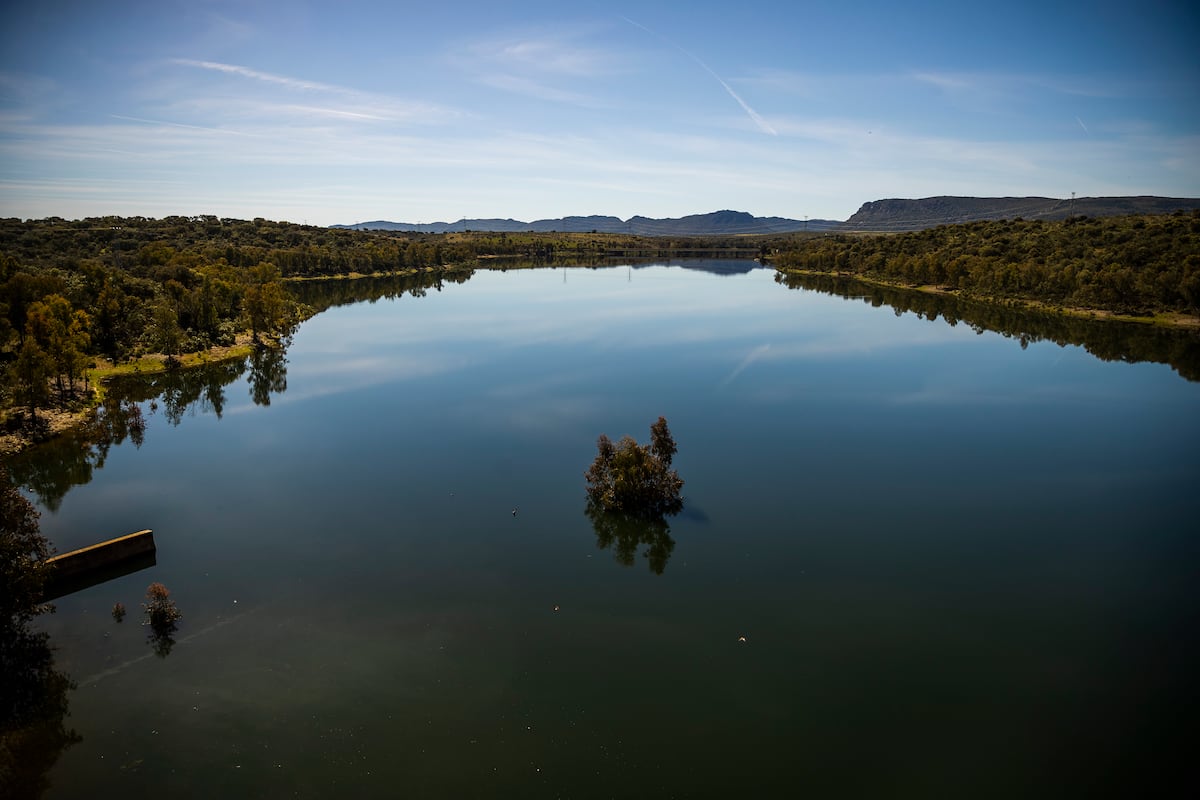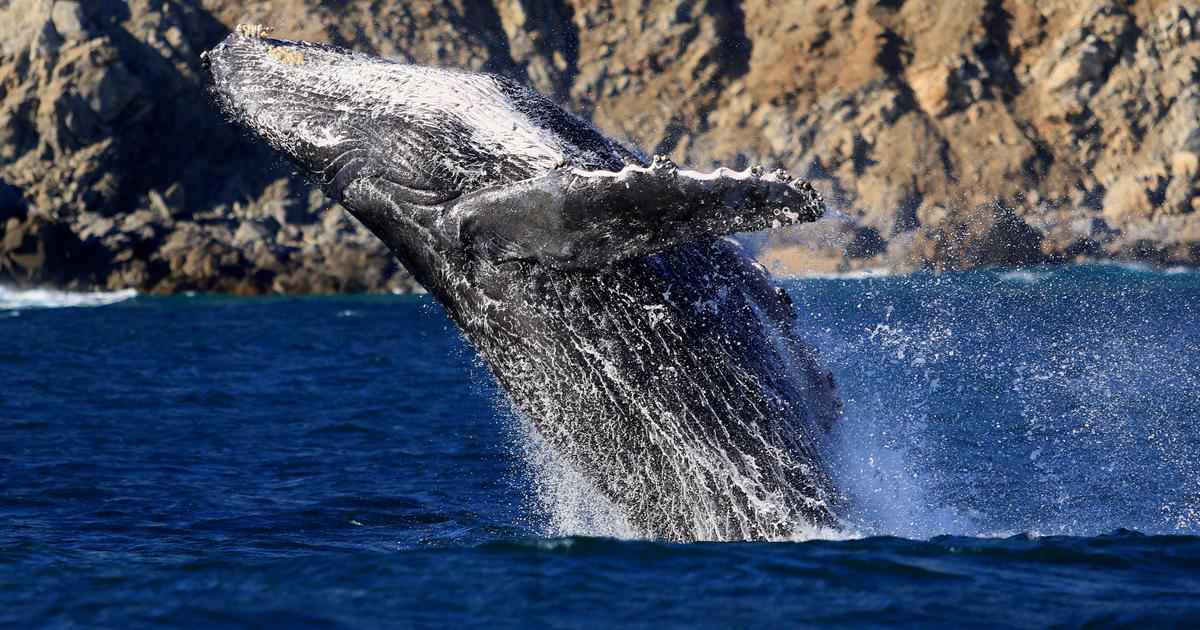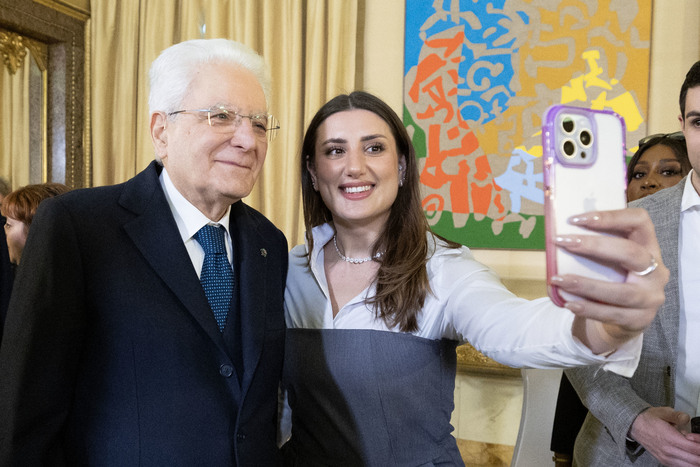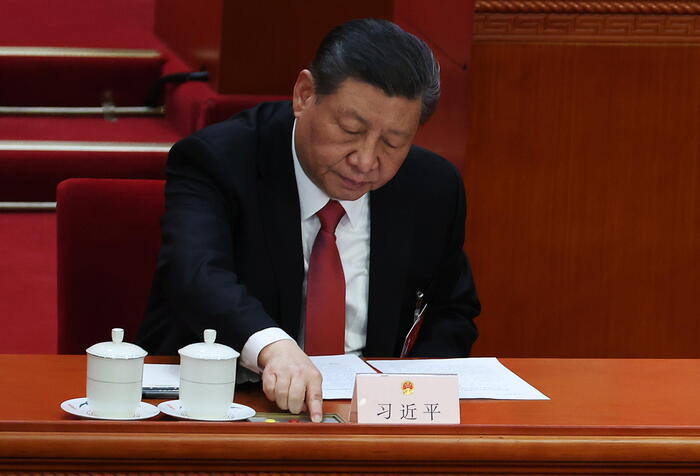The recent decision to eliminate the abandoned Valdecaballeros dam (Badajoz), after the resignation of Endesa and Iberdrola, and the controversy surrounding this announcement, has highlighted the need not only to recover our rivers, but to make social pedagogy so that society understands this type of measures and turns them into an opportunity to improve the development and well-being of our peoples.
At present, we have a dam that degrades over the years and that never worked for its intended purpose: to service the unfinished Valdecaballeros nuclear power plant. It is used by the riverside municipalities of Valdecaballeros and Castilblanco for water supply, illegally because they do not have a permit to do so. With its 75 cubic hectometres, the reservoir is oversized to serve the 2,000 inhabitants of the two municipalities; With that capacity it could serve 800,000 people a year with a more than generous endowment of 250 liters / person / day, double what is currently advised.
Faced with malicious hoaxes or spread due to ignorance, neighbors have alternatives to supply water if the dam disappears. You can change the intake to the reservoir of García de Sola, located next to the Valdecaballeros dam; to an adjacent auxiliary reservoir or to capture groundwater. Therefore, demolishing this facility would not imply any problem in the supply to the neighbors. Nor would it affect them in times of drought, having enough water given the small volume they need.
The lengthy resolution of concession extinction includes what is ordered by the Water Law, the regulations of public goods, the Courts and the doctrine of the Council of State: it is the concessionaire companies that have to assume the costs of leaving the river and the public domain free. Otherwise, maintaining this dam for such a small population will be a heavy burden for the public coffers and a joy for the electricity companies, which do not want to know anything about the infrastructure that they have bequeathed to us as a poisoned gift, just as they did with the land of the nuclear power plant ceded to the Junta de Extremadura. We recall that these electricity companies have charged our electricity bills 2,043 million euros for Valdecaballeros, out of a total of 5,717 million cost of the "nuclear stoppage", according to data from the National Commission of Markets and Competition.
On the contrary, with the priority alternative of supply adjusted to the real needs of these peoples, the restoration of the Guadalupejo River is a source of rural development and quality employment. From laborers to technicians of various specialties and engineers, or the intervention of consulting, works and engineering companies, the restoration of our natural heritage offers labor alternatives and produces great benefits such as flood safety, pollution reduction or the promotion of rural tourism.
For these reasons it receives a great boost from the EU in the European Biodiversity Strategy 2030, which aims to recover 25,000 km of rivers without barriers, and the multiple LIFE projects financed by Brussels. In Spain, the improvement of rivers and wetlands is promoted by the National Strategy for River Restoration and the National Strategy for Green Infrastructure and Ecological Connectivity and Restoration. Extremadura and Spain have a lot of experience, being leaders in these matters worldwide. Likewise, the science and research of the university is encouraged. Let's not forget that in 2027 that area, like so many others, must achieve good ecological status, unless we show the will to violate the ordinance by perpetuating a dam that prevents it and whose maintenance is a high cost for the public coffers.
Undoubtedly, when a reservoir is built, despite the destruction and environmental impact that these projects entail, certain natural values that did not exist before are also generated, such as the proliferation of aquatic birds, the landscape effect of the water sheet, etc. These are values that must be carefully inventoried and valued with processes of social participation, but let us not lose sight of the fact that they are the result of the alteration produced by the hand of man, while those that are intended to be restored are more in line with the historical functionality of natural systems, contribute to the sustainability of the territory as a whole and to the maintenance of all the ecosystem services that it can offer us, as required by current regulations.
We defend the restoration of rivers from good sense, prioritizing those opportunities that have the technical feasibility and the endorsement of science. Thinking, precisely, of the well-being and improvement of the towns and their inhabitants, of territories that go beyond local limits. In this sense, we believe that there is too much demagoguery and a lack of social pedagogy so that the population understands for itself and knows how to value and defend these opportunities. Valdecaballeros and Castilblanco have the right to supply and recover the territory and its rivers, let's not miss this opportunity.
The New Water Culture Foundation (CANF) promotes a change in water management policy to achieve more sustainable actions.
The Iberian Centre for River Restoration (CIREF) is a non-profit association linked to the European Centre for River Restoration (ECRR) that pursues the conservation and restoration of river ecosystems.
You can follow CLIMA Y MEDIO AMBIENTE on Facebook and Twitter, or sign up here to receive our weekly newsletter









